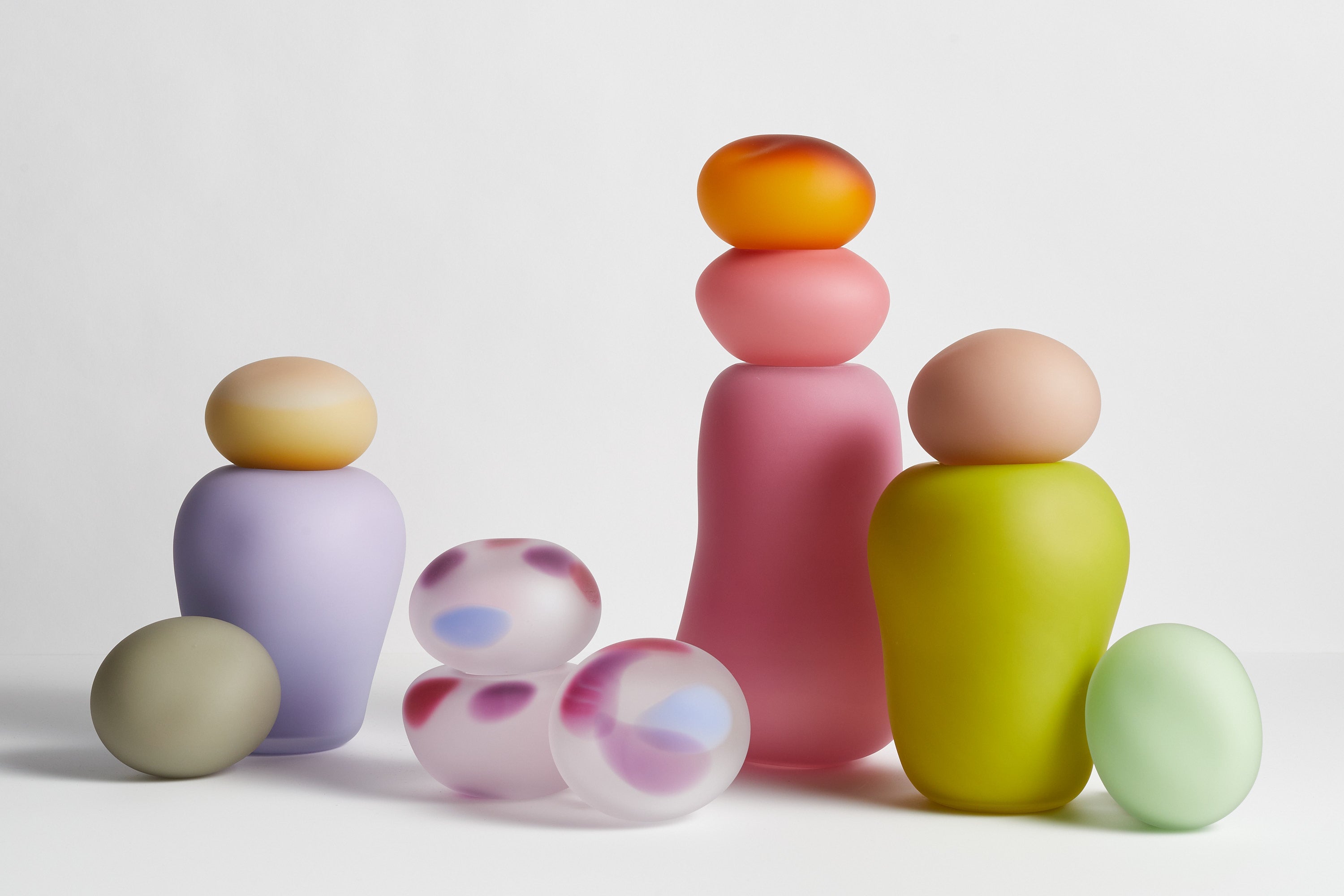The poppy has been a persistently beloved bloom over many years due to its unique appearance, bold colouring, and propensity to grow wildly and in abundance.
Poppy is the common name given to any flowering plant comprising the Papaver genus in the family Papaveraceae. There are approximately 70 species of poppy within the genus.
Poppies are quite distinct and can be identified by their large, ruffled petals that grow proudly on top of long, furry stalks. Poppies can reach heights of over a metre tall with flowers spanning up to fifteen centimetres in diameter. Typically, one flower grows per stem, and depending on the species, each flower has anywhere from four to six petals. Another element that makes the poppy unusual, is that it produces dozens of stamens when most flowers normally only have five.
Poppies can also be characterised by their nodding flower buds and the production of milky sap.
Poppies come in a wide range of colours, such as pink, red, yellow, orange, purple, white, and blue. The blooms of poppies can also be multi-coloured, pastel, or have beautiful gradients from dark to light or vice versa.
The gorgeous combination of these distinctive elements have secured poppies as the go-to for many.
The Poppy Through The Eyes of Irving Penn
No one saw and appreciated the structural beauty of the humble poppy, quite like Irving Penn. Irving Penn was a prolific American photographer well known for his fashion, portrait, and still life work. He was highly sought after in many spheres, as he had the unique ability to capture and celebrate a more unconventional aspect of his subject’s beauty - one that was truer to life. His style was simple, intimate and highly focused on showcasing structure and texture.
Penn’s acclaimed work with flowers began in 1967, when he was commissioned to photograph a still life series centred on flowers for Vogue’s December edition. Penn became enamoured by their charm and blooms continued to be a major pillar of his work until he passed away in 2009.
Prior to his series, flowers were typically photographed in absolutely perfect states, gaudy plumes, with noisy backgrounds and highly saturated colours. Irving Penn’s depictions were radical for the time as they departed significantly from this usual imagery. Through his photographic prowess, Penn provided audiences with a new lens to view popular blooms, in particular the poppy.
Penn recognised the allure of the poppy in all its stages, and strived to highlight the haunting beauty of its gradual decay. In all of Penn’s work surrounding poppies, his purist photographic philosophy and strong ‘less is more’ aesthetic can be clearly observed. Penn completely stripped back the focus to the poppy with austere backgrounds and opted for moodier colouring to communicate the honesty and elegance in the poppies demise. This vision was further emphasised through Penn’s preference for directing the viewer’s attention to a single poppy.
Penn invited audiences to understand popular blooms, like poppies, on a more nuanced level and encouraged them to truly appreciate their ephemeral existence.






